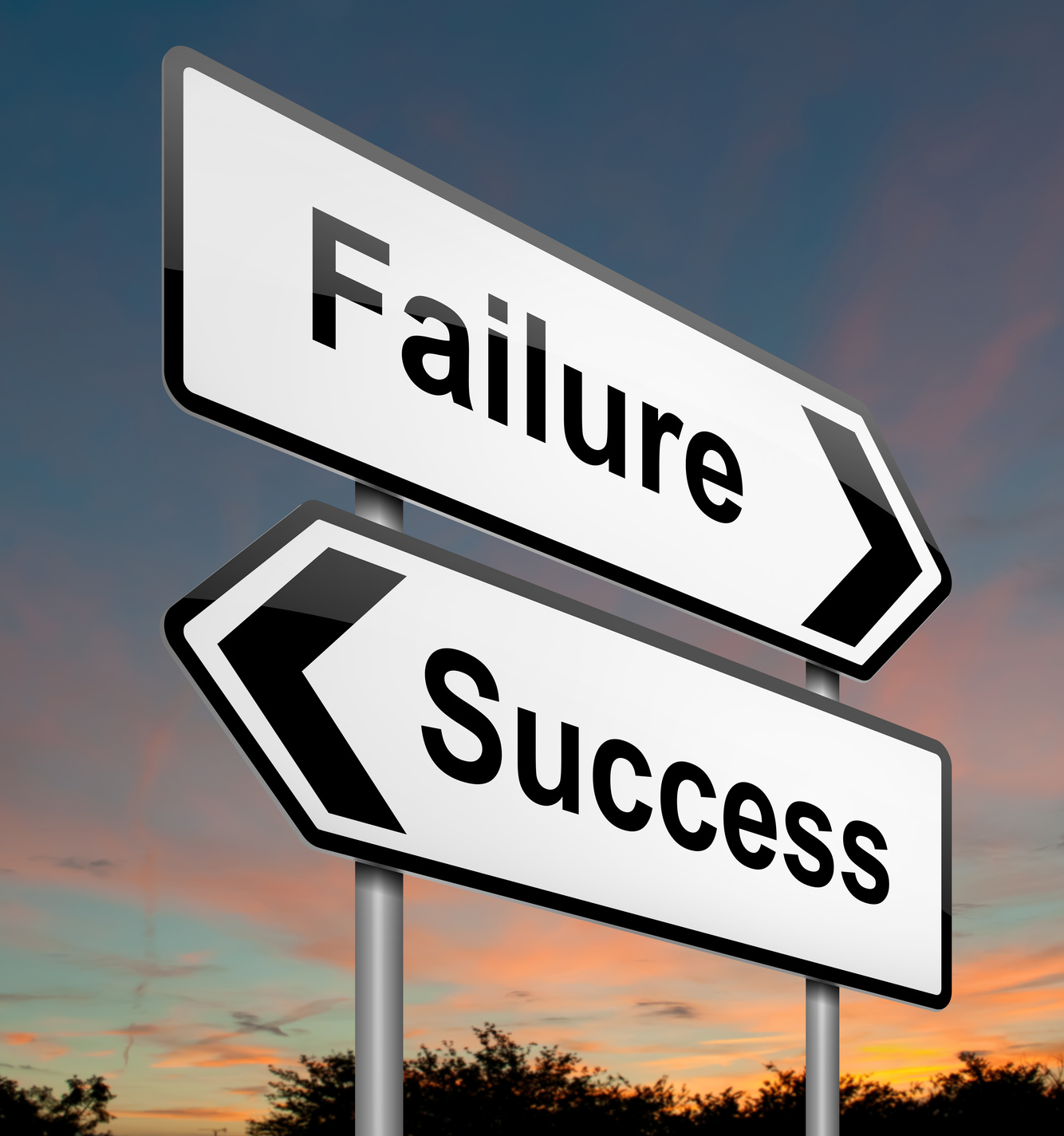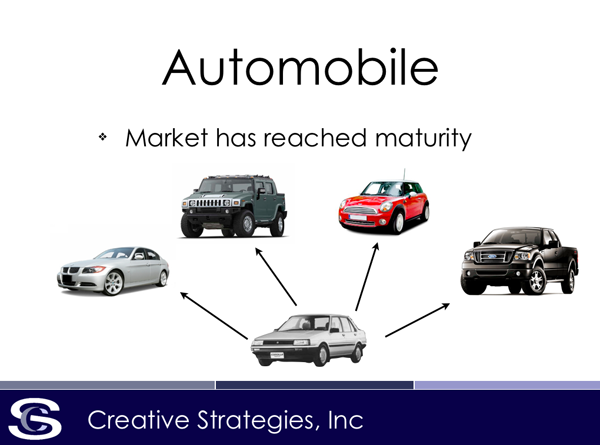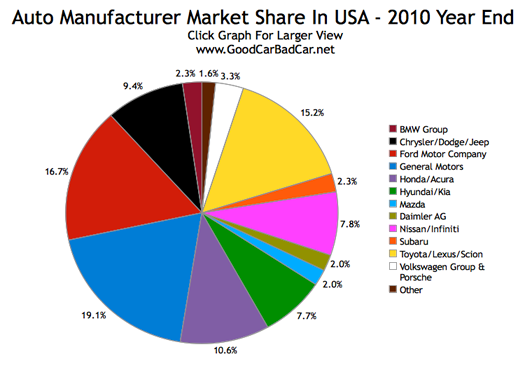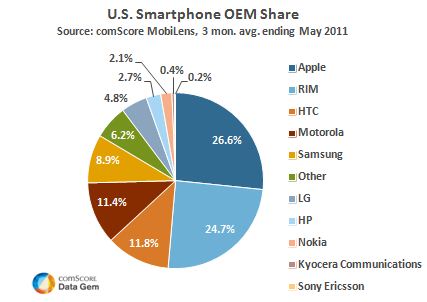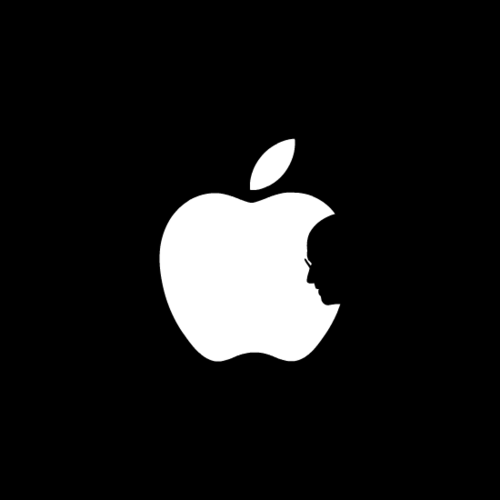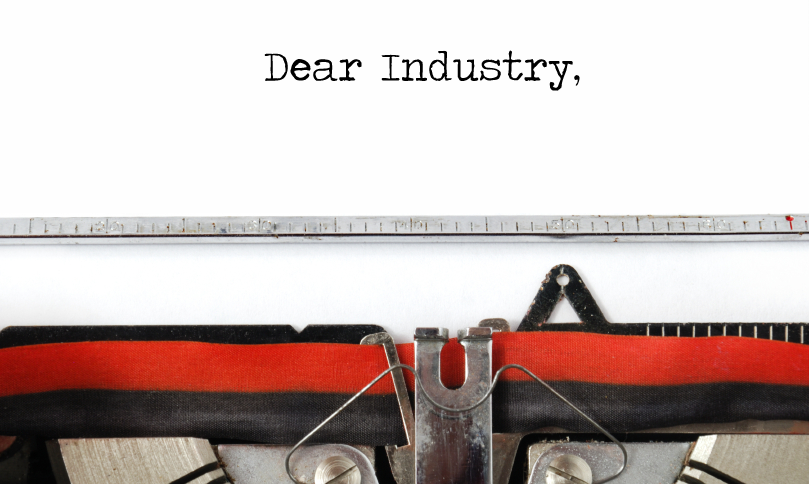
Yesterday, in The Terrible Tablet Tantrum, Part 1, I raged at the notion that tablets were dead and enumerated facts that refuted that erroneous contention. Today, I take a deep dive into the two philosophical questions that seem to be perplexing Tablet Naysayers the most:
— Is the Tablet good enough to replace the PC?
— Is the Smartphone good enough to replace the Tablet?
The Tablet Is a Lousy PC/Smartphone
Many of the Tablet Naysayers justify their disdain for the Tablet form factor by pointing out the Tablet makes for a lousy PC or, on the other hand, it makes for a poor Smartphone. Jared Sinclair, in his article entitled, “Giving Up On the iPad” sums this argument up nicely:
- The iPad can’t get better at these tasks without becoming either more like an iPhone or more like a Mac. For the iPad to become just as good as the iPhone, it would need to be smaller, equipped with a better camera, and sold with carrier subsidies and mobile data plans. But this would turn it into “just a big iPhone.” So this can’t be iPad’s future.
For the iPad to become just as good as the Mac, it would need to be larger, faster, equipped with expansion ports, and powered by software that supports legacy features like windowed applications and an exposed file system. But this would turn the iPad into a Macbook Pro with a touch screen and a detachable keyboard. This can’t be iPad’s future, either.
I can’t find a way out of an uncomfortable conclusion. In order for the iPad to fulfill its supposed Post-PC destiny, it has to either become more like an iPhone or more like a Mac. But it can’t do either without losing its raison d’être. ~ Jared Sinclair
NOT A PC
The future of the iPad is not to be a better Mac. ~ Ben Thompson
Here’s the thing the Tablet Naysays don’t seem to grok. THE TABLET DOES NOT ASPIRE TO BE A NOTEBOOK PC. The iPad is not, nor does it want to be, a Notebook replacement. It has much higher standards than that.
Further, nobody (outside of the fine folks living in Redmond) buys a Tablet in order to use it as a Notebook replacement. If anything, people buy Tablets in order to AVOID using it as a Notebook PC.
Timothy Leary once said:
Women who seek to be equal with men lack ambition.
Similarly, Tablets that seek to be equal with PCs lack ambition. The Tablet is so much more than the PC — why would it try to emulate it?
With the right approach, an iPad can do anything. You just have to stop thinking like a desktop user. ~ Darren Davies (@darrendotcom)
NOT A SMARTPHONE
- “A smartphone is a great device for what I call ‘guerrilla usage’ — many different impromptu activities you can quickly perform with one hand, while walking, when idle at a bus stop or waiting somewhere, etc. All activities that make a smartphone the best tool for its (relatively) small size and practicality (one example for all: taking photos). But when I’m out and about with just my iPhone, for example, and I have time to sit and relax in a café, I’d like to have a bigger device for longer sessions of whatever I feel like doing (browsing, email, reading, writing, etc.) and the iPhone is not enough — and a 5-inch smartphone wouldn’t be enough either, sorry.” ~
Let’s get the discussion of screen sizes back in perspective. People DO NOT WANT smaller tablet screens. They TOLERATE smaller screens.
People want the largest damn screen they can have. But they don’t want a large screen at the price of pocketability (If Microsoft can make up words, then so can I), one hand use, weight and inconvenience. When pocketability is not at issue, people choose the larger screen most every time.
NOT DONE YET
The truth about Tablets: We’re still figuring out how they fit. ~ Ryan Faas
People keep forgetting the modern Tablet is only four years old. It’s barely past the toddler stage. It has a lot of growing left to do and it has a lot left to show us.
That’s why I love what we do. Because we make these tools and they’re constantly surprising us in new ways what we can do with them. ~ Steve Jobs
NOT A TWEENER
The role of the Tablet is, in part, misunderstood because we metaphorically sandwich it between the Smartphone and the PC categories.
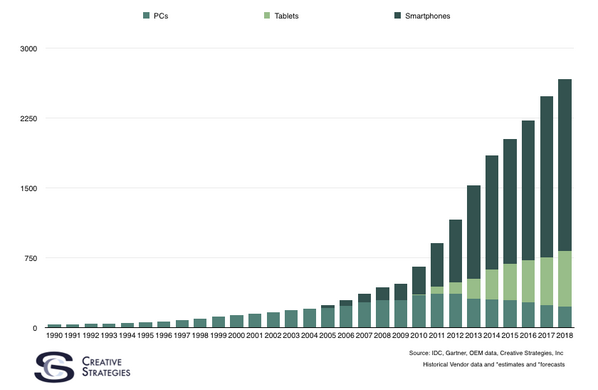
However the tablet category is not bound by either of those categories. The Smartphone, Tablet and PC are on a one dimensional computing axis. If you add another axis and label it “life activities”, the Tablet has far greater breadth and depth than either the Smartphone or the Notebook will ever have.
The whole idea of the Macintosh was a computer for people who want to use a computer rather than learn how to use a computer. ~ Steve Jobs
You have to learn how to use a Notebook. You have to learn how to use a smartphone. (If you don’t think that’s true, try handing a Smartphone to your grandmother.) I believe the ideal of a computer we don’t have to learn has (almost) been achieved in the iPad.
The older people all want to know how it does what it does, but the younger people just want to know what it can do. ~ Steve Jobs
Steve Jobs made that statement in the eighties. I think it no longer holds. With today’s modern tablets, children of all ages no longer ask what it does, they simply ask what it can do.
NOT A REAL ISSUE
Normally we do not so much look at things as overlook them. ~ Alan Watts
What a crock this whole “The Tablet Is A Lousy Notebook” argument is. Have you seen the iPad’s satisfaction numbers? They’re consistently in the nineties. People wouldn’t feel that way about a device that left them wanting. It is only geeks like us that find the Tablet wanting because what we really want is something other than the tablet. (This geek tragedy of asking the tablet to be what it is not and never was intended to be is embodied in Microsoft’s latest Surface efforts.)
The Tablet Is Altogether Unnecessary
Of late there has been a huge groundswell for the idea that the Tablets are unnecessary, were always unnecessary and will soon be absorbed by the PC from the above and disrupted by the Smartphone from below. Here are some quotes culled from yesterday’s article that support this contention.
The (Smartphone and the Tablet) are nearly identical in their technical specifications. They’re constructed from similar materials. They have the same operating system, chips, and sensors. It seems they differ only in size. ~ Jared Sinclair
While good at some of the things and pretty to look at, iPad (and other tablets) aren’t particularly useful. ~ Javed Anwer
Young people are growing up on the mobile phone as their primary computing device, which has fundamentally changed the way they use and think about the internet. Tablets are simply unnecessary for them… ~ Dustin Curtis
Young people don’t use tablets because they don’t see them as necessary ~ Owen Williams
Contention: people are discovering that tablets are not really a thing, and that in general, the gap between phone and PC barely exists. ~ Peter Bright (@DrPizza)
As battery life gets better and screen sizes grow, it’s likely tablets and smartphones will eventually just converge into one device that can be simply slipped into a pocket, instead of two devices that overlap each other in many areas. ~ Owen Williams
I don’t think tablets will ever disappear, but for mass-market use, they’re going to keep getting squeezed from both sides: larger-screened phones and smaller, lighter laptops. The percentage of people whose primary computing device is a tablet may have already peaked
Over the next few years, I suspect an increasing number of people will choose not to replace old tablets, instead just choosing to use their phones for everything… ~ Marco Arment
I think the future of the iPad is for it to disappear, absorbed at the low end by iPhones with large displays and at the high end by Macs running a more iOS-like flavor of OS X. Perhaps it won’t disappear completely. After all, for certain niche uses – especially those listed above – the iPad is great because it’s neither a phone nor a PC. But these are still niche uses and can’t possibly sustain the long, bountiful future that many hope the iPad has. ~ Jared Sinclair
History
To understand why the Tablet is not going to go away, let’s first look at how it arrived.
The modern PC arrived in the late 1970’s. It wasn’t as powerful or as versatile as the Mini-computers that preceded it, but it was much cheaper, could sit on your desk, and could be used by an individual. Thus the term “personal” entered the lexicon of computers, which gave us the Personal Computer (PC) we now know, love and love to hate.
The modern Notebook arrived approximately 20 years later in the late nineties. It too wasn’t as powerful or as versatile as the desktop PC that had preceded it, but its one great strength was transportability — you could pick it up, take it with you and use it at work or at home or on your way to and from work and home. It disrupted the PC, just as much as the PC had disrupted the Mini-computer before it.
In 2007, the iPhone arrived. Most people view it as a mobile phone replacement, but it’s really a pocket sized PC. It was clearly inferior to the Notebook computer in many ways but it wasn’t just transportable — it was pocketable as well. Pocketable made it mobile. Cellular antennas made it always connected to the internet. This changed everything.
In 2010, Steve Jobs famously introduced the iPad tablet and asked whether there was room for a new category of device between the Smartphone and the Notebook. The answer, obviously, was yes, but it is important to understand why so many people originally answered that question with a resounding, “NO!”
Study the past, if you would divine the future. ~ Confucius
The Tablet As A Separate Category From The Notebook
The benefit of an iPad was its simplicity. The touch user interface made computing accessible to the nine month old, the ninety nine year old and every age in between.
[pullquote]The computer geek defines “everything” as “everything a computer can do”. The Normal defines “everything” as “everything I can do.”[/pullquote]
The PC appeared to be able to do everything an iPad could do and more but only if you use a very stilted definition of what “everything” is. The computer geek defines “everything” as “everything a computer can do”. The Normal defines “everything” as “everything I can do.” The Notebook did more computer tasks than did the Tablet and it did them better. However, the Tablet did more life tasks than the Notebook could ever dream of doing.
The things we humans wish to do are so much more varied: sing, play, dance, even, I suppose, make spreadsheets. It is a spectrum, of which traditional “compute” activities are only a small part. ~ Ben Thompson
When the PC was the one and only computer we had, it was a generalist. It literally defined what could and could not be done on a computer.
When the iPad arrived, the PC became a specialist. The PC is really, really good at spreadsheets and tasks that require more processing power and tasks that require multiple or larger screens. The iPad — with its simpler and more approachable user interface — became the new general computer. It couldn’t do the edge cases nearly as well as the PC or the Smartphone, but it could do a whole lot of things that were never, ever, envisioned by the Notebook and it did them with a much shallower learning curve.
The Tablet Is The New General Purpose Computer. ~ Matthew Panzarino (@panzer)
The Tablet As A Separate Category From The Smartphone
We can take the very same analysis we just used to explain why there was room for a Tablet category beneath the PC to explain why there is room for a Tablet category above the Smartphone.
The benefit of the Tablet is still its simplicity. The larger screen real estate makes most computer tasks far easier to perform on a Tablet than on a Smartphone. That is the main reason why older people quickly gravitate to the Tablet while the young — who are more nimble and more willing to tolerate the inconvenience of a smaller screen (and who have less money) — gravitate to the smartphone. (But don’t be fooled into assuming the young prefer the Smartphone over the tablet. As soon as they enter the workforce, their tablet use begins to increase.)
At first blush, a Smartphone appears to be able to do everything a Tablet can do and more but at the cost of additional complexity. This is a totally acceptable tradeoff to make when we need to have our computer (Smartphone) with us at all times. Conversely, it is a totally UNACCEPTABLE tradeoff to make when no tradeoff is required, i.e., when we’re at home or when we otherwise have access to both our Smartphone AND our Tablet.
[pullquote] We choose efficiency when we must. We choose effectiveness when we can.[/pullquote]
Let me put this another way: Smartphones excel at mobility and efficiency. Tablets excel at effectiveness. We choose efficiency when we must. We choose effectiveness when we can.
Conclusion
The tablet Naysayers are simply wrong. The facts are against them and the analysis is against them too. Remember when the Tablet was born, both the Smartphone and the Notebook already existed. Why the Naysayers now contend no one really wants to use a tablet when consumers just spent the last four years throwing their dollars at Tablets is beyond me. What do the Naysayers think — the people who bought tablets were too stupid to realize they could have purchased Smartphones or PCs instead?
I return to my mother. She first looked at the iPad as cool, but foreign. Now you can barely pry it out of her hands. It is her computer. ~ MG Siegler
People adore their tablets. If you think the tablet is going away, it is because you think too highly of thinking and you don’t think enough about the awesome power unleashed by feelings.

